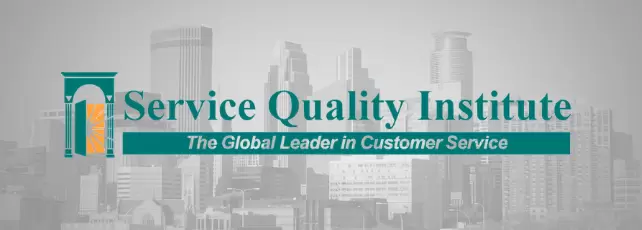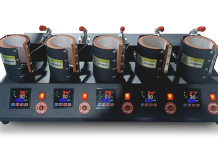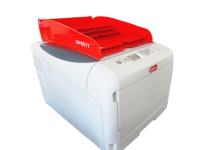According to John Tschohl from the Service Quality Institute, an important part of coaching includes reviewing your employees’ performance.
In order to do this, you must know what your employees are doing and how well they are performing. We all need benchmarks, personally and professionally. If you are in a managerial position, one of the most important tasks you have is to coach to your employees. You must do whatever is necessary to ensure that you have a team made up of players who have the skills, training and motivation to be the best they can be.
It is critical that, as a manager, you identify where your employees are and give them a road map to get them to where you want them to be. Just as athletic coaches must observe their players in action in order to know what areas need improvement, you must assess and critique your employees on a regular basis. Then you must use that information to develop a plan that will drive them to improve their performance.
Seven steps to performing a proper and effective assessment:
Set aside a specific amount of time and share it with your employees. Also, let them know well in advance what you will be discussing so they have time to prepare.
Complete a performance assessment. This will lead you through the evaluation and help you to grade employees’ actions and levels of improvement. Provide the assessment to employees before the meeting so they will be familiar with the process and the questions you will be asking them.
Ask employees to assess their own performances. Have them deliver their self-assessments to you in advance of the meeting so you have ample time to go over them. Ask them to examine their interactions with your customers, their coworkers and other members of the organisation and to identify where they think they excel and where they can improve.
Follow up with employees in advance of the meeting. Send an email to remind them of the specific time and date for the assessment.
Avoid distractions during the meeting. Turn off your cellphone, and let other employees and colleagues know you will be busy for the next hour. It’s important that you focus on employees and let them know they have your full attention, that they are your priority for the next 60 minutes.
Use accompanying documentation. Review employees’ files or refer to notes you have taken in the past regarding their performance, expectations met, specific achievements or incidents — positive and negative — during the assessment period. Use that documentation to gauge the success of past goals while creating a plan for improved or continued performance.
Clearly communicate your plan. Work with employees to create a plan and to get a buy-in for implementing it. This requires that you have an open dialogue where you offer feedback and reinforce best practices while asking employees for their input and suggestions on ways they can learn and increase success.
Just as good coaches will assess each player’s strengths and weaknesses in order to develop a plan to improve their abilities, you must take information from your employee assessments to provide them with the tools they need to improve their performance. Assessments offer you and your employees the opportunity to have an open and honest dialogue that will be the foundation for improved performance.
SERVICE QUALITY INSTITUTE
www.customer-service.com















